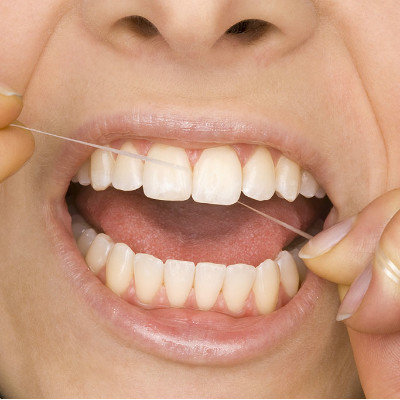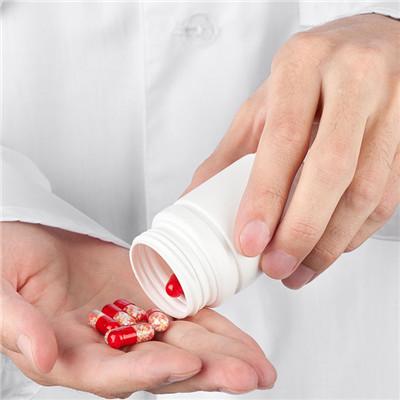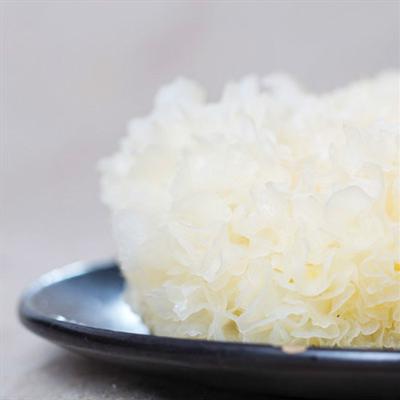Finger flexor tenosynovitis with what medicine good?
summary
Finger flexor tenosynovitis, also known as stenotic tenosynovitis or trigger finger, is one of the most common hand surgical diseases. Its main performance is that patients feel acid swelling and pain on the palmar side of metacarpophalangeal joint in the process of flexion and extension of fingers. In severe cases, it will bounce or even twist, leading to dysfunction of flexion and extension of fingers. Finger flexor tenosynovitis with what medicine good? Let's talk about it
Finger flexor tenosynovitis with what medicine good?
For adult patients with primary disease, conservative treatment can be effective. Conservative treatment includes finger immobilization, avoidance of cold stimulation, physiotherapy, and the use of blood activating, detumescence and pain relieving drugs. It is reported that about 40% of the cases can be cured by conservative treatment.

Prednisolone preparations combined with a small amount of local anesthetics can be injected into A1 tendon sheath to play the role of anti-inflammatory and detumescence. Some patients have obvious curative effect. However, if they continue to strain after sealing, it is easy to relapse, and sealing should not be repeated, because there are many cases of tendon rupture caused by sealing injection. In addition, closed treatment is not suitable for children patients.

If the above treatment is invalid, surgical treatment is feasible. The operation can protect the digital nerve and vascular bundle under direct vision, and release the A1 trochlear accurately and thoroughly. If the operation is performed under local anesthesia, the patient can also actively bend his fingers to judge whether the tendon is sliding or not. The second day after the operation should start flexion and extension function exercise, otherwise tendon adhesion is easy to occur, resulting in postoperative finger dysfunction.

matters needing attention
At present, there is no clear prevention method for children flexor tendonitis. But for adult flexor tenosynovitis, it can be prevented by reducing strain, avoiding cold stimulation, controlling blood sugar (for patients with diabetes), early treatment of peritenosynovitis and rheumatoid arthritis.













